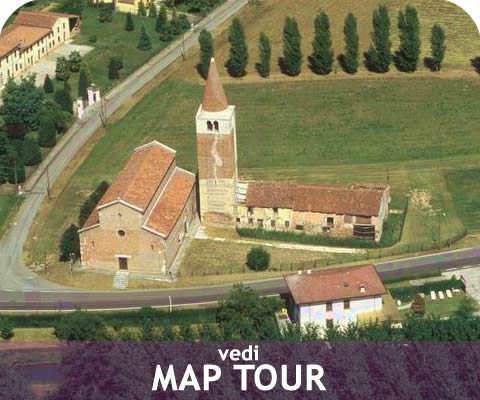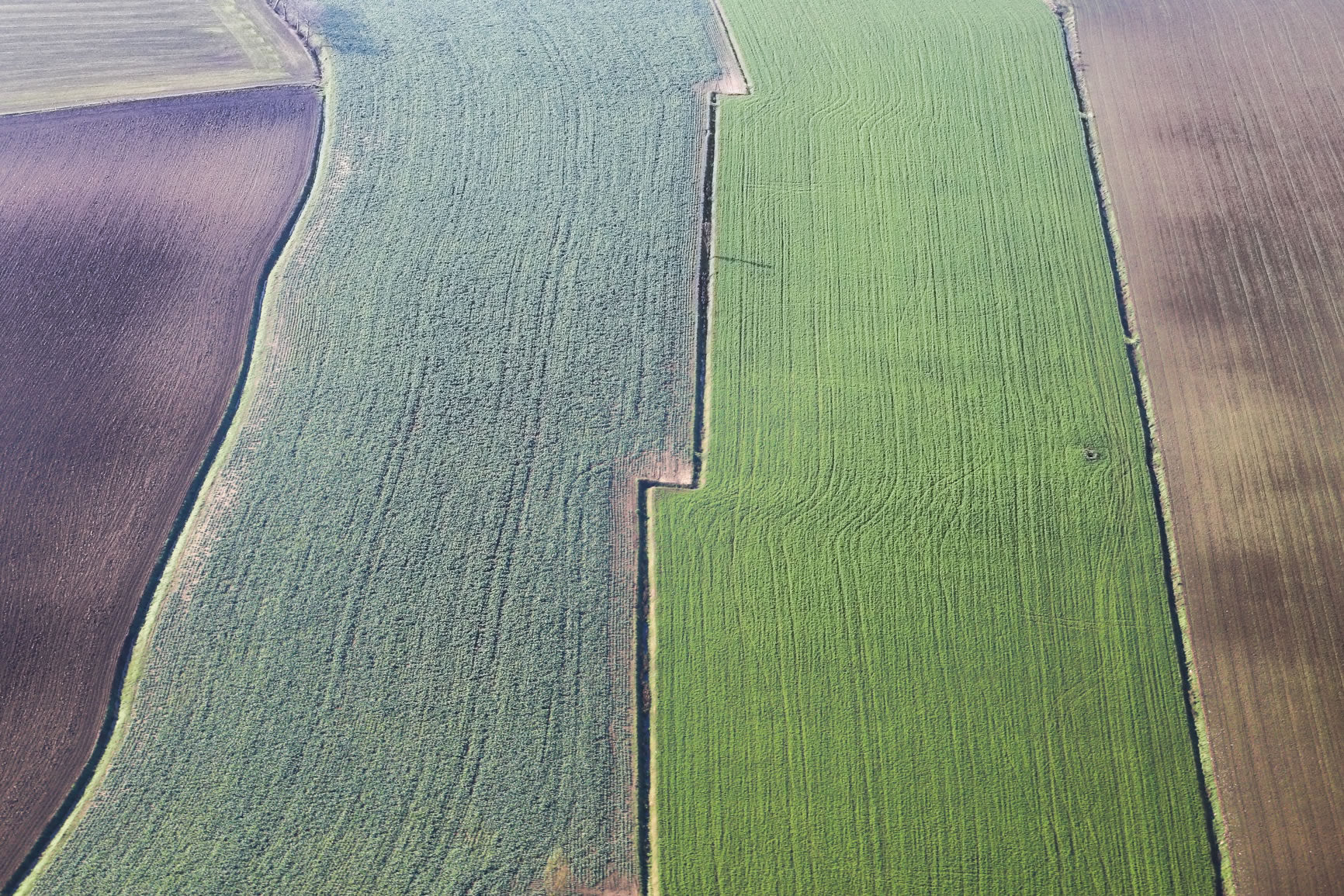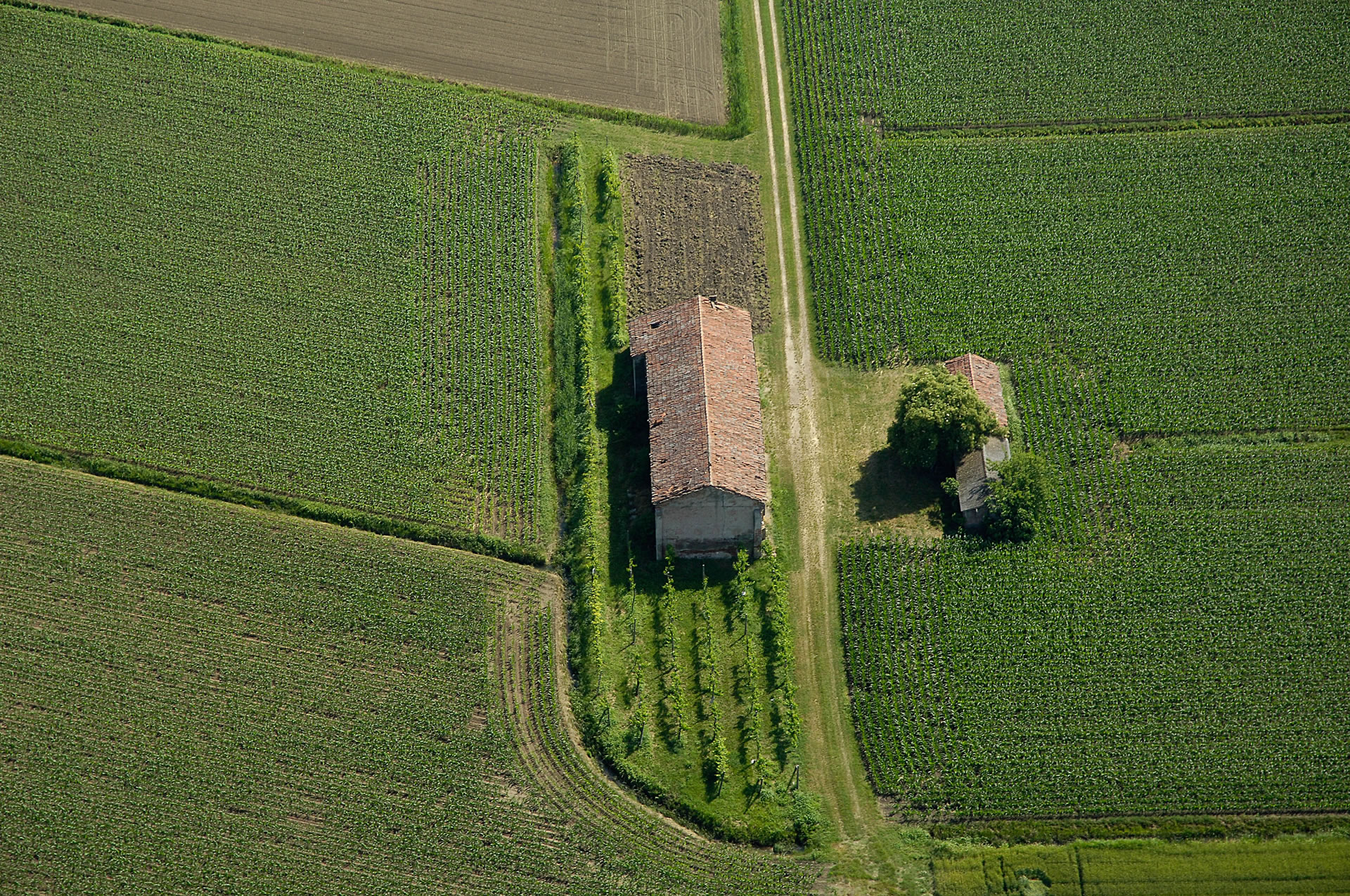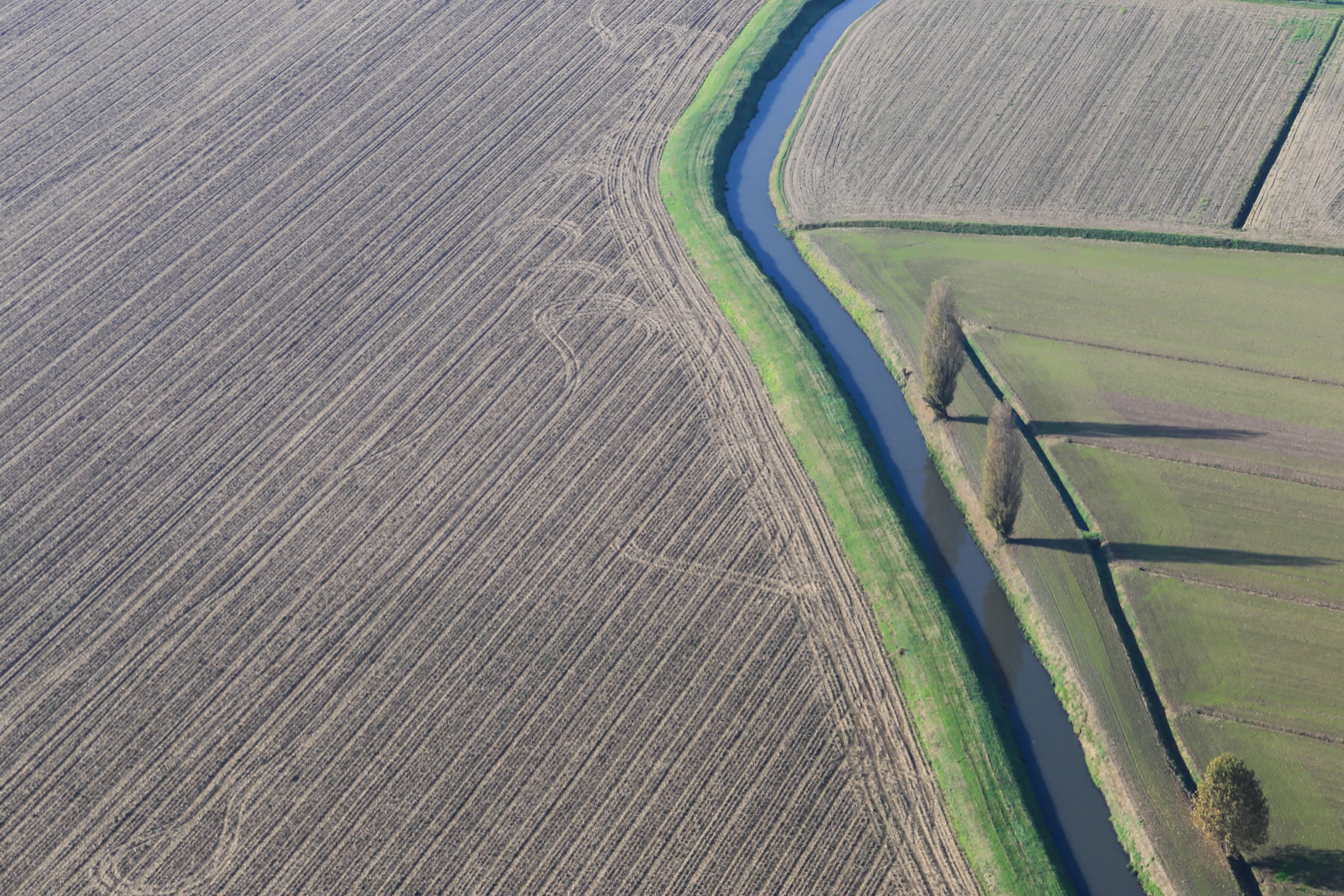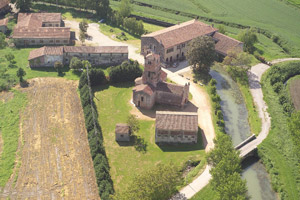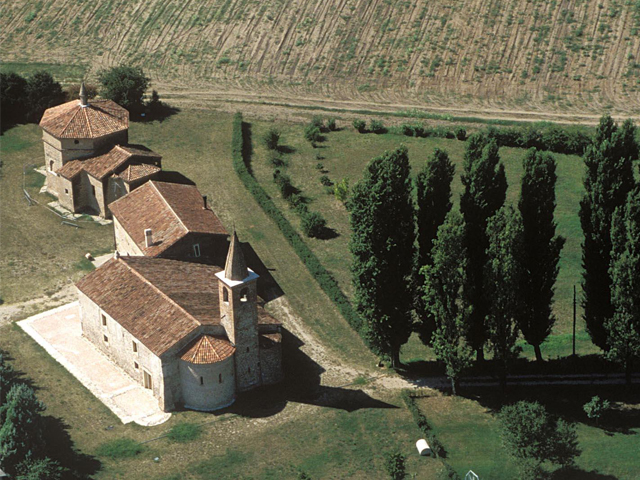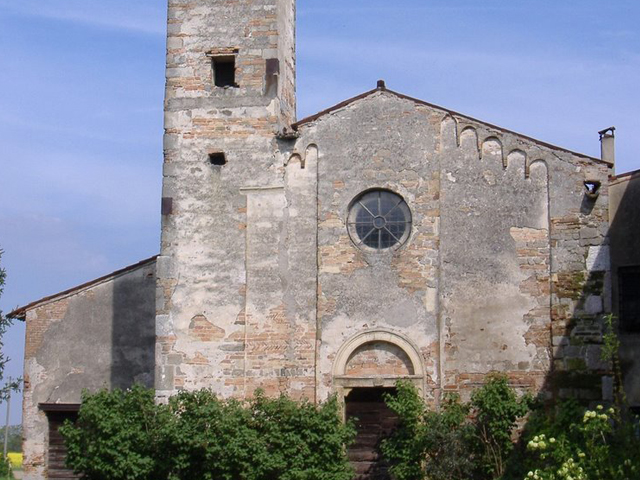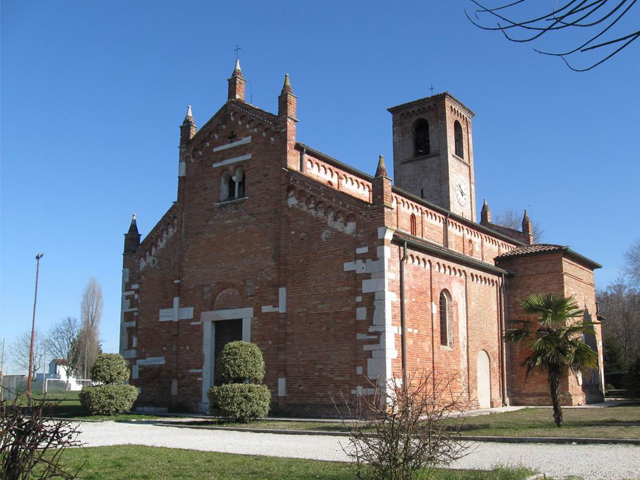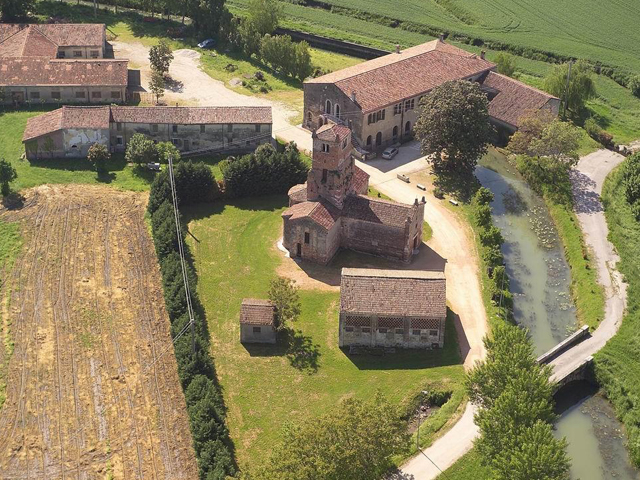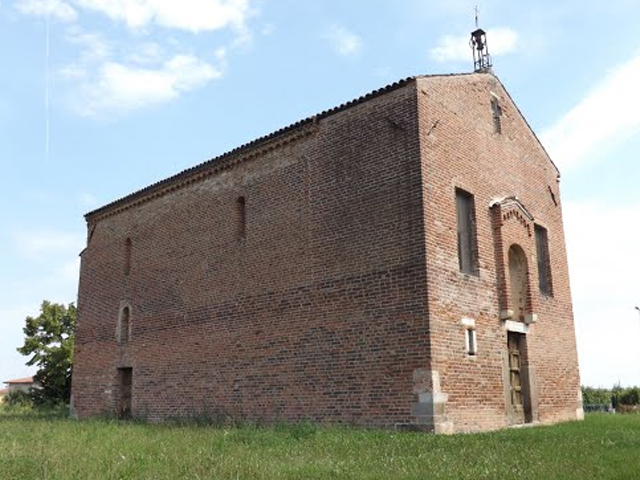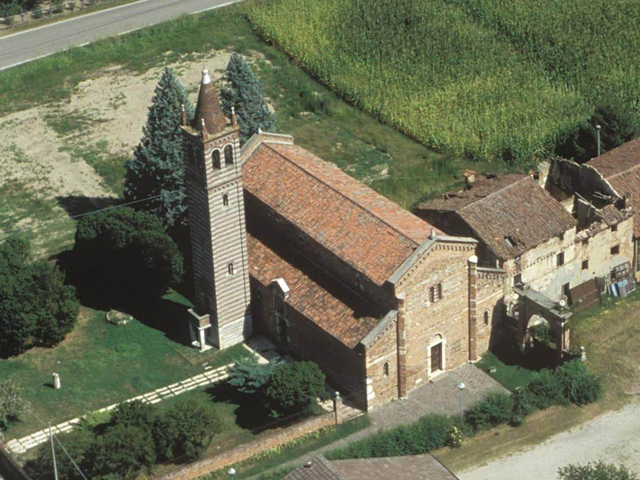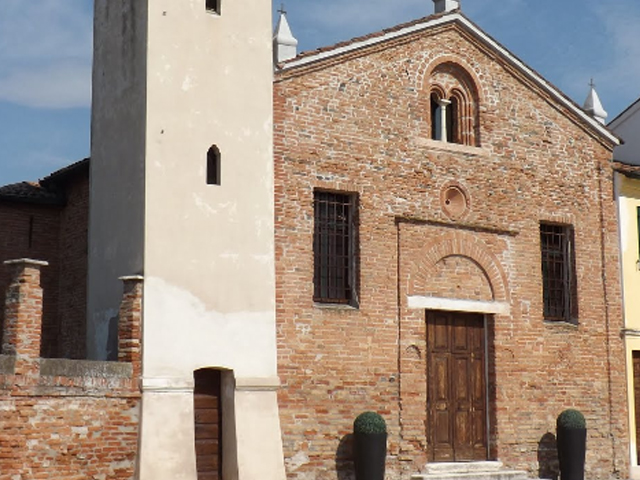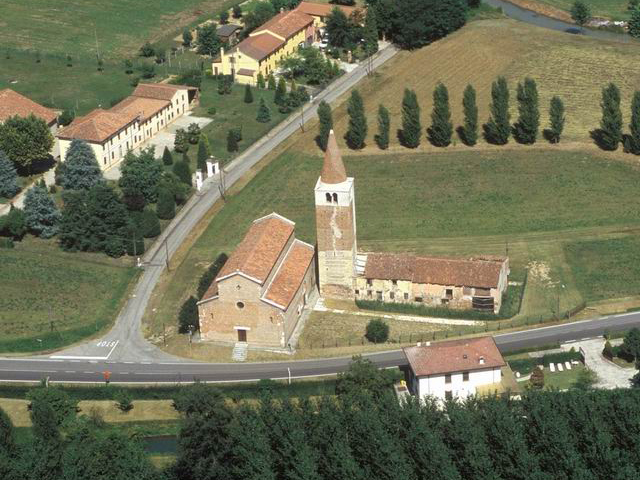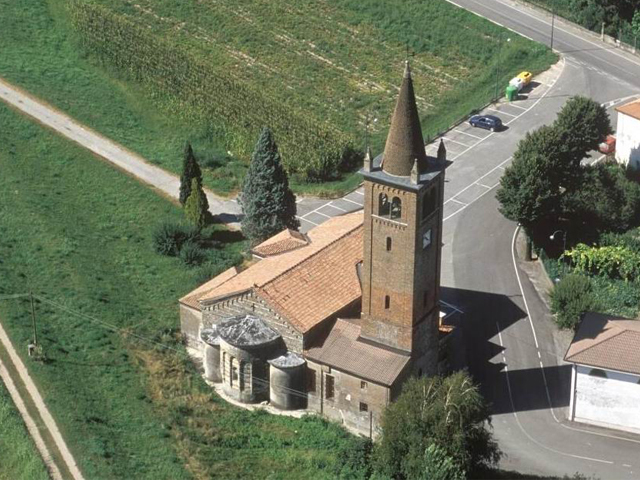A deep religious belief has always marked the rural life of the Pianura Veronese. The many places of worship are the concrete and tangible evidence supporting it: they are a peculiar trait to the rural landscape and towns in the territory indeed. If you walk through the countryside of the Pianura Veronese, the many churches, oratories and monasteries you may come across on your path will definitely impress you. As meeting places of prayer and devotion, churches have always been part of the throbbing buildings around which the whole social life of a community revolves.
Since their origin – around 1000 A.D. – the rural communities of the plain, far from the beautiful cathedrals and big churches of the town monasteries, have quickly built churches for all the residents to listen to the Mass and receive the sacraments.
Some of those churches are very old and can be considered real masterpieces of the Romanesque religious architecture: its characters spread in Italy, particularly in the centre and north, between the eleventh and twelfth century. One of the most remarkable examples of that architecture is San Salvaro’s church in San Pietro of Legnago, which was supposedly built in 1127 by the will of Matilde from Canossa. San Zeno’s church in Cerea was supposedly built a few years earlier, also by the will of the great feudal lady. The church with baptistery dedicated to Saint Giovanni Battista, situated near Bovolone, and the sanctuary of Madonna from Bastia in Isola della Scala are both gorgeous and date back to the beginning of the twelfth century.
The churches of the countryside monasteries would sometimes receive within their walls the believers coming from the surrounding communities. Starting from the eighth century the plain was “colonized” by the Benedictine monks indeed, who founded several monasteries. They preached, prayed and worked the land: they deforested, reclaimed marshlands and cultivated wide areas. This is the case of San Pietro’s monastery and church named after Our Lady of Grace (better known as “Cieson”), situated in Gazzo Veronese. The complex, built by the river Tione and belonging to San Zeno’s abbey since 807, is one of the oldest religious buildings in the low Pianura Veronese.
Chapels, small temples and oratories were also established near the magnificent rural courtyards and majestic villas that the rich noble families had built in the middle of their big farmlands. Such as the eighteenth-century chapel of Villa Dionisi in Cerea: its baroque interior contrasts with its neoclassical façade with ionic columns. Or San Carlo Borromeo’s oratory of Villa Fascinato in Terrazzo, built in 1884 by the will of Carlotta Fascinato: it stands out for its finely decorated exterior. Built for private worship by their owners, nevertheless often opened to the village people too or at least to those families living near the manor house, those small churches were furnished very luxuriously and had valuable works of art.
